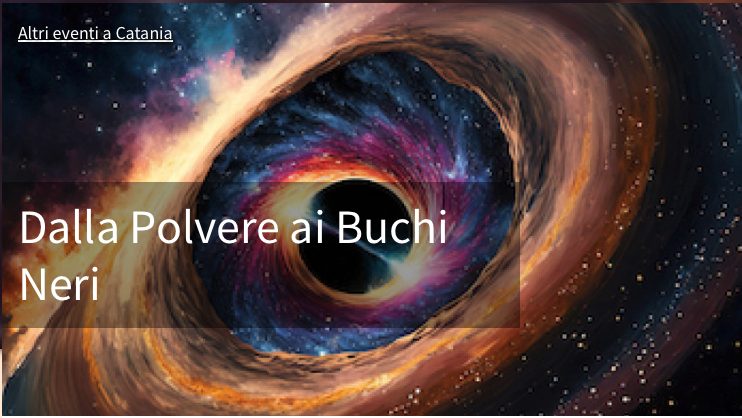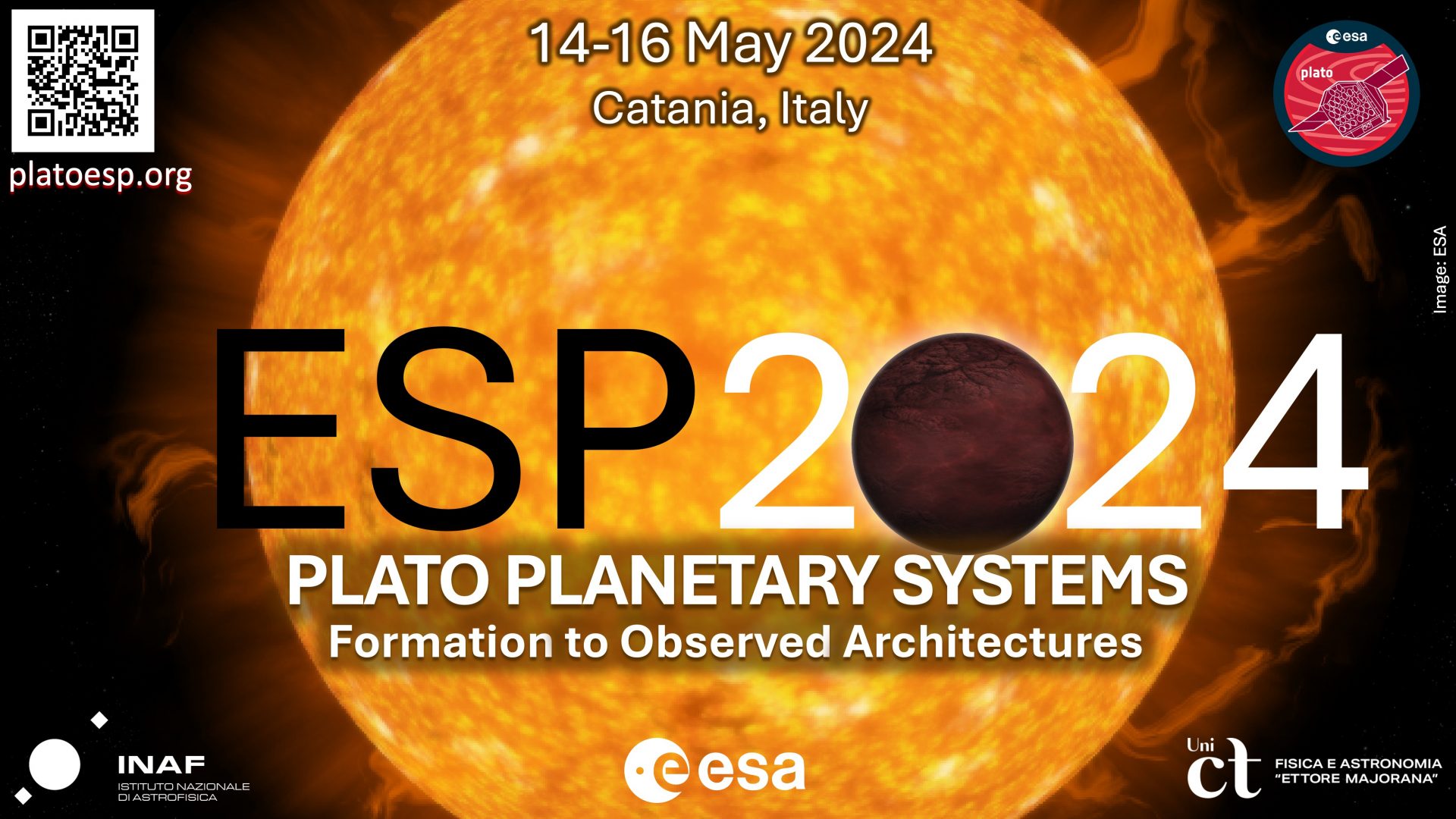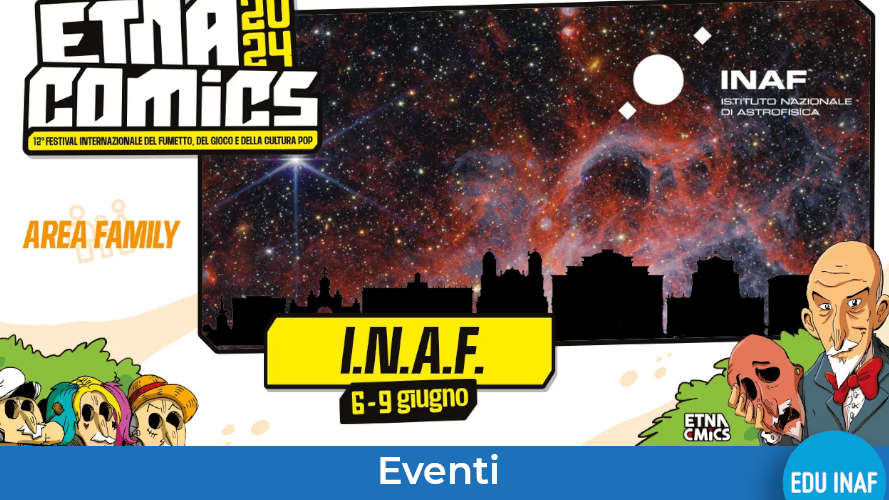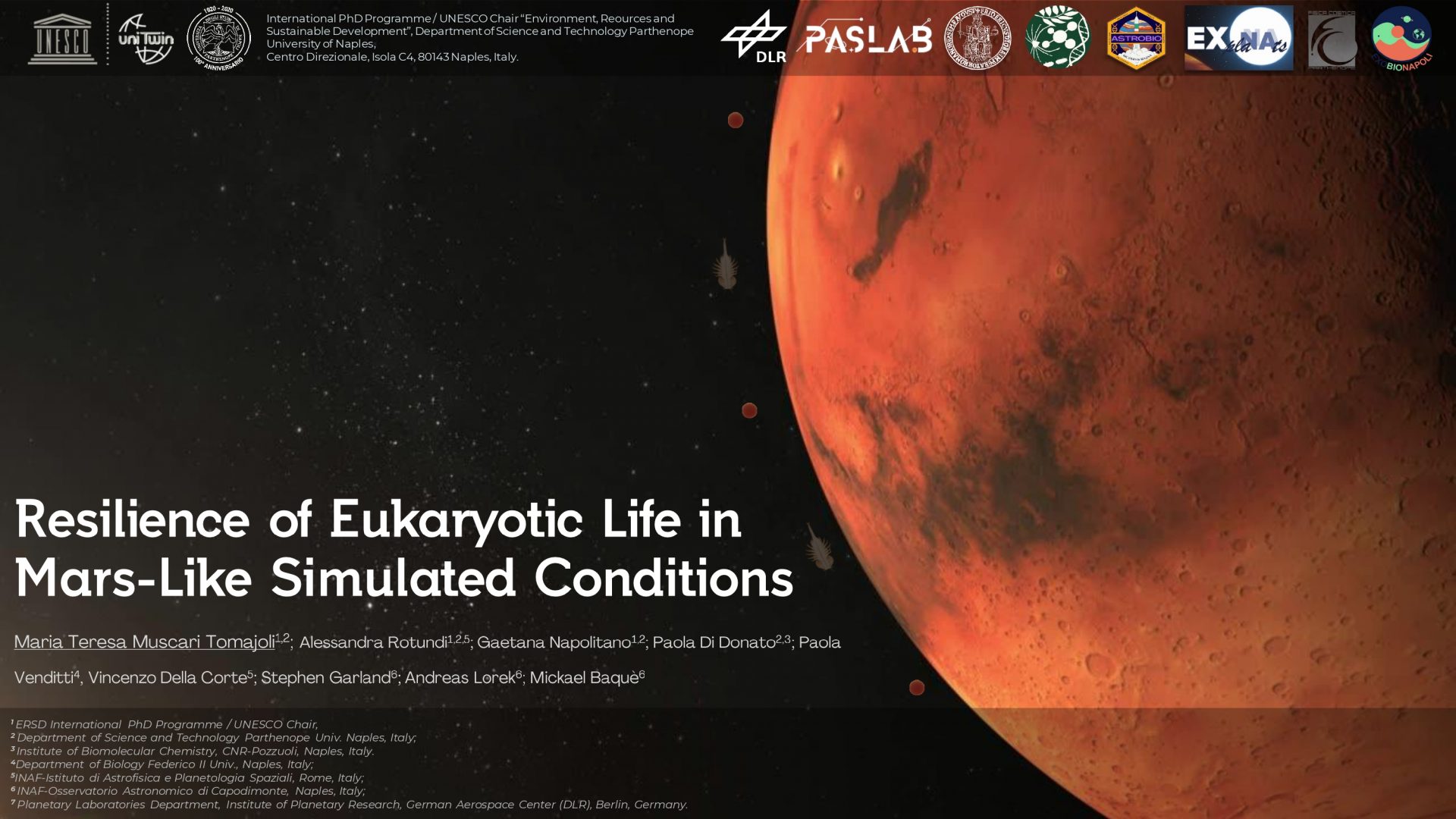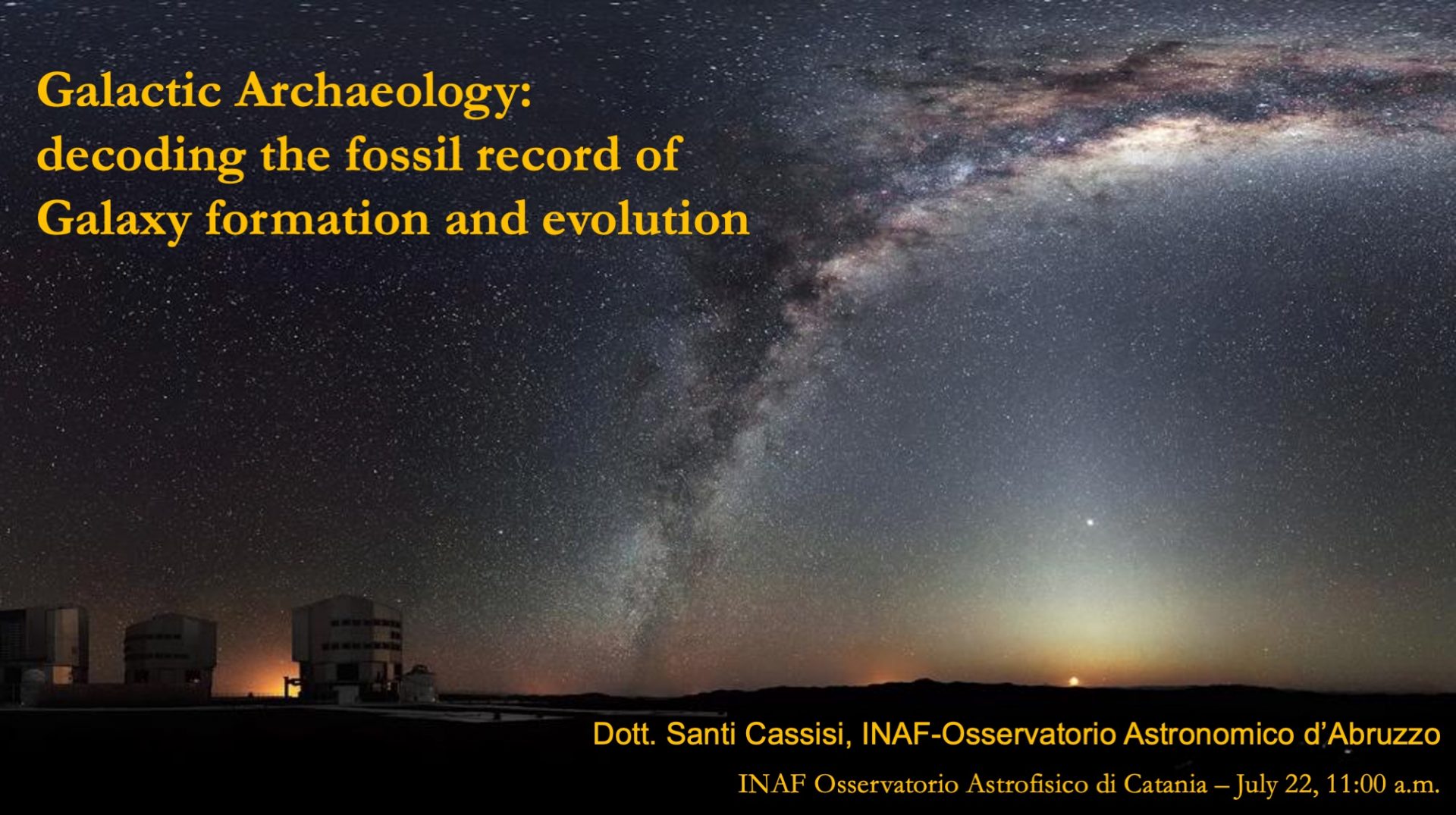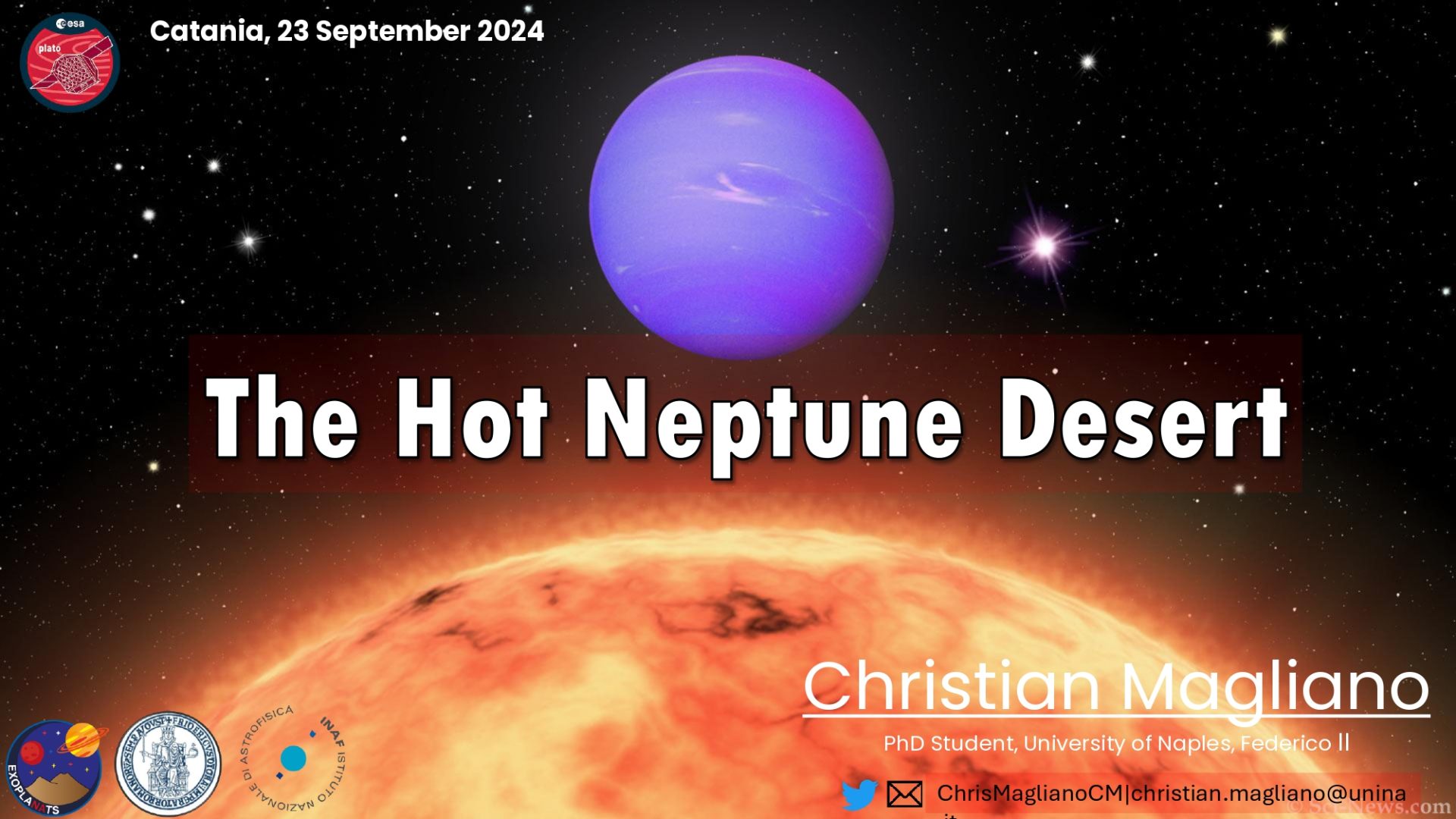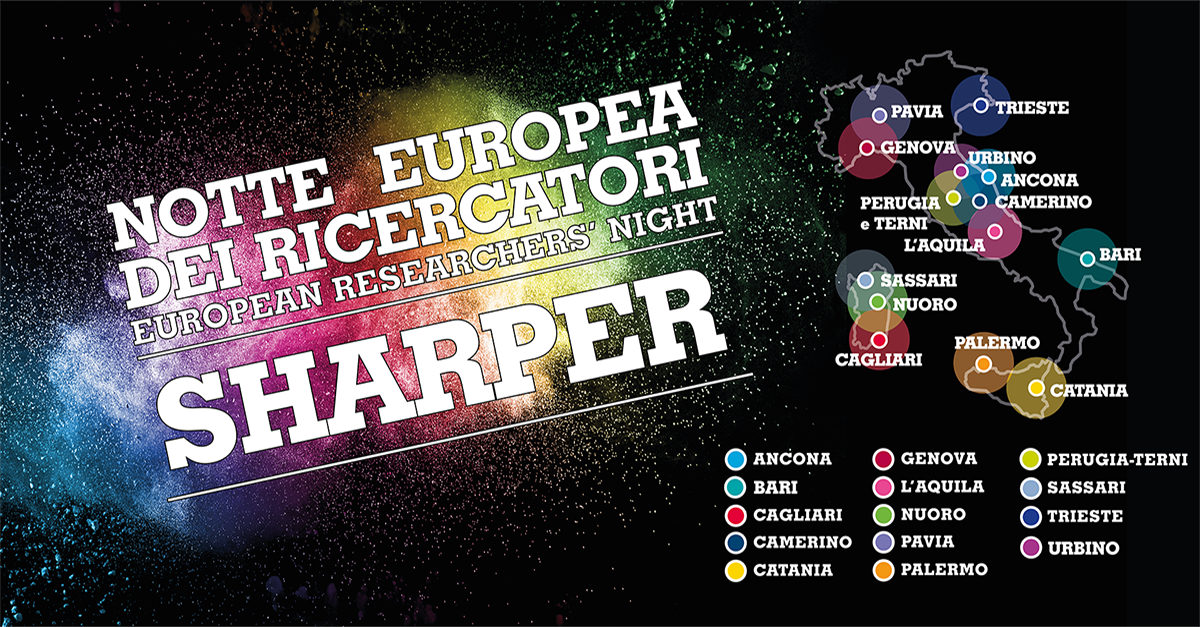It is well known that the interaction of energetic ions, electrons and photons with surfaces and interfaces leads to non-thermal desorption via a process typically referred to as desorption induced by electronic transitions (DIET). When DIET involves either electrons or photons, these processes are generally referred to as electron-stimulated desorption and photon-stimulated desorption (PSD), respectively. Recent attention has focused on understanding the role of non-thermal “space weathering” in the processing of interstellar grains and ices.
Specifically, there is deep interest in understanding the radiation processing of carbon grains in the solar nebula and unraveling the H2O formation mechanisms in solar nebula and planetary systems, including the Moon. Using graphite grains, the VUV photon-simulated oxidation of carbon grains via reactive scattering of water fragments produced by dissociative electron attachment at the buried interface was examined. The results suggested that VUV PSD at the buried water:carbon grain interface may help control the carbon inventory during planet formation. The inverse process, (i.e, the formation of water) may happen on metal-oxide samples such as mineral grains and lunar regolith samples, that contain or are terminated by hydroxyl groups. Solar wind space weathering experiments of several Apollo lunar samples demonstrated that thermally activated recombinative desorption (RD) can be H2O sources and that electron-stimulated reactive scattering to produce water may also be occurring, especially when the Moon is in the magnetopause. RD can occur on a diurnal basis on the Moon and is prevalent during meteoroid impacts. The latter is simulated by laser irradiation studies followed by state and velocity resolved detection of the produced water. Finally, evidence of space weathering and surface alteration has also been revealed using spatially resolved, high-resolution nanoscale Fourier transform infrared imaging/spectroscopy correlated with photoluminescence (PL) on Apollo samples with different origins and history.
